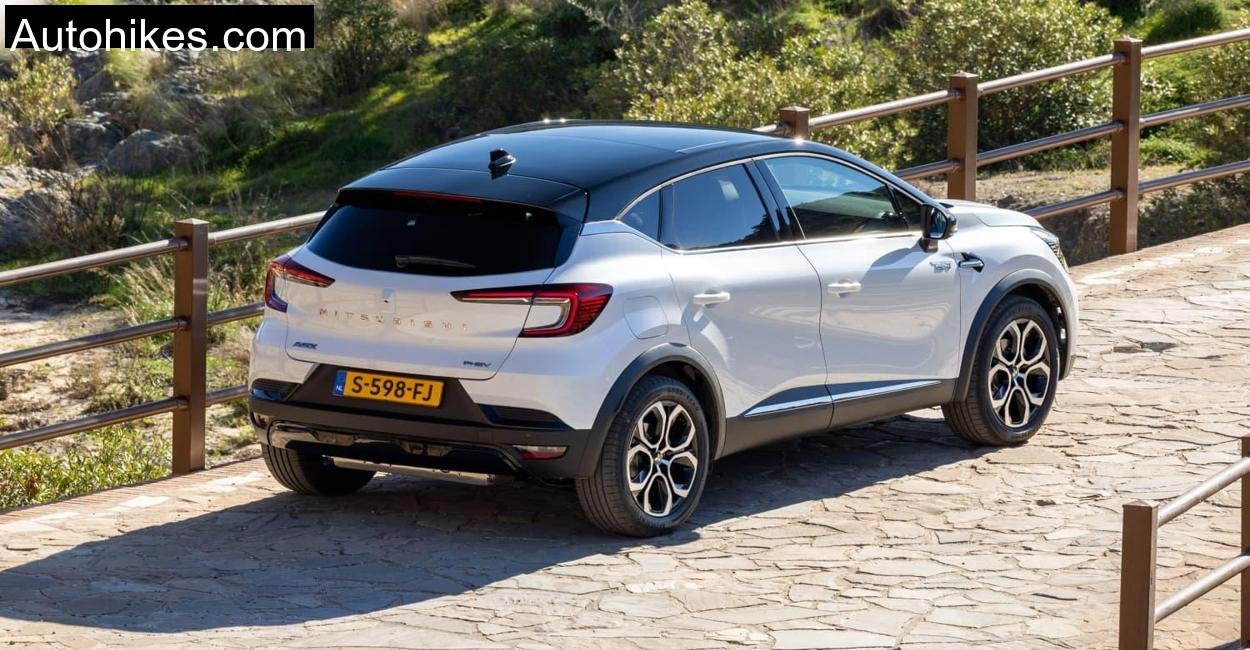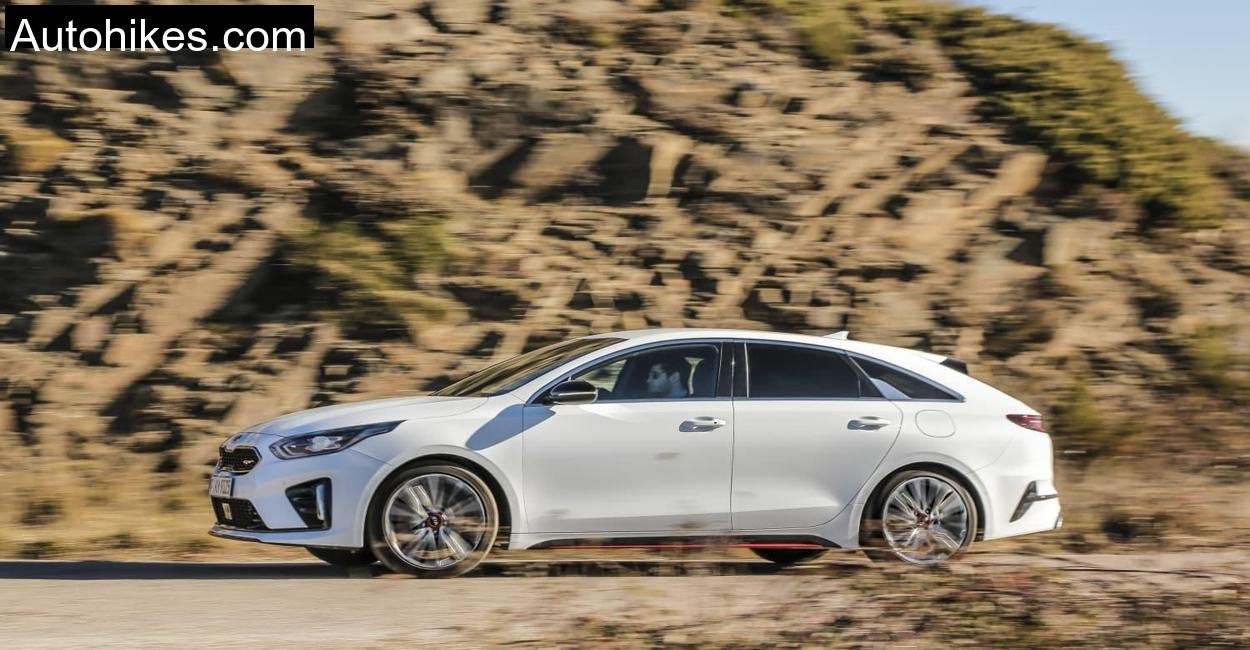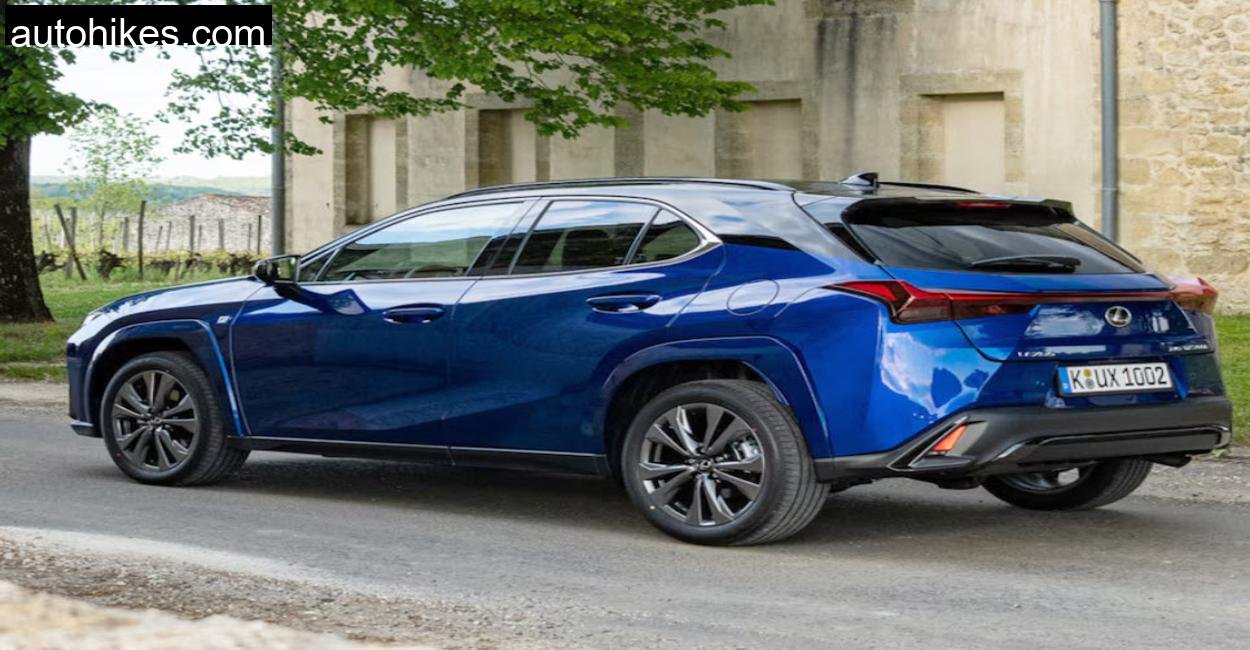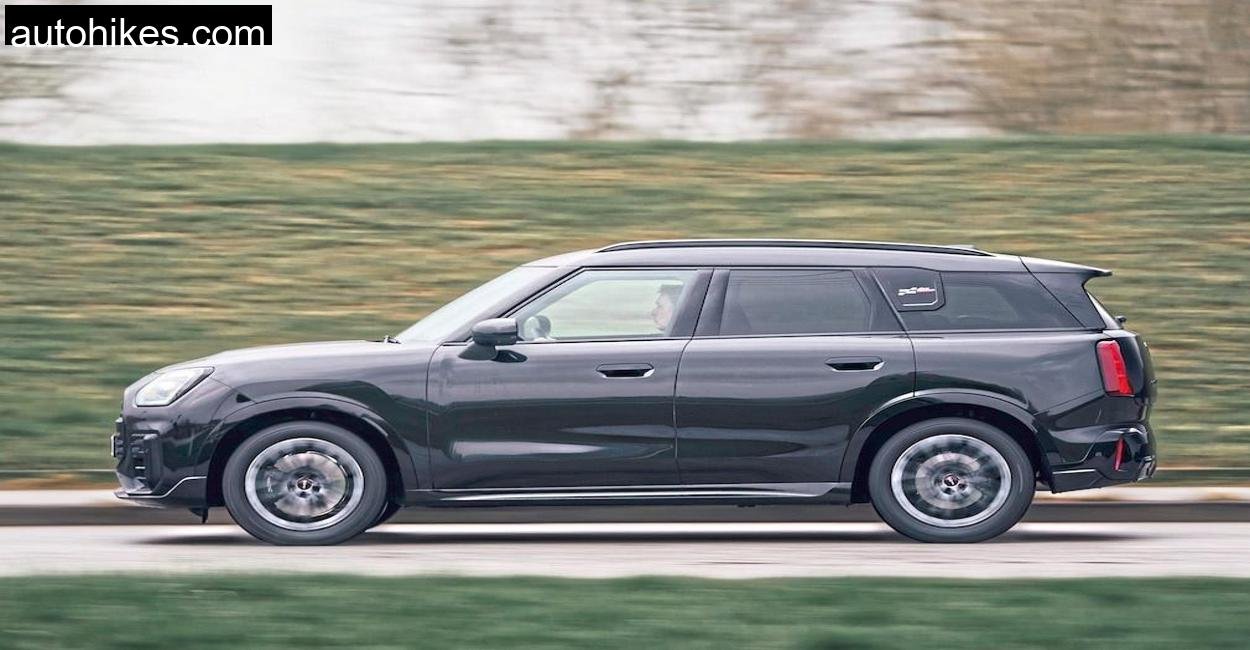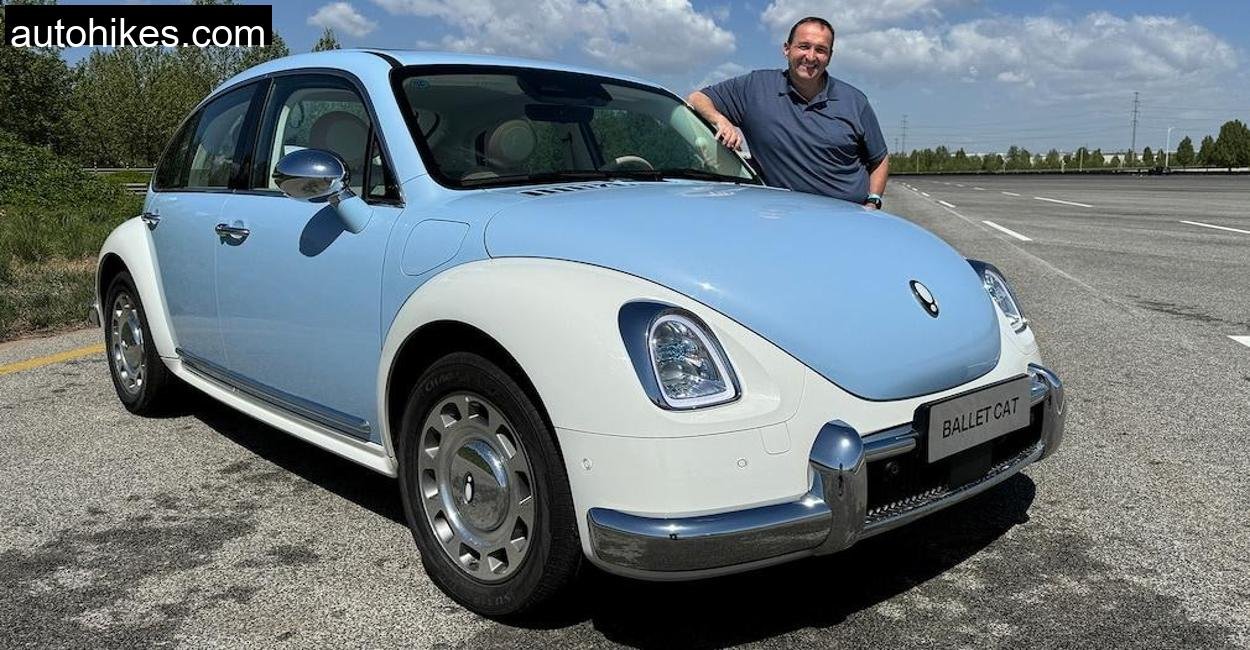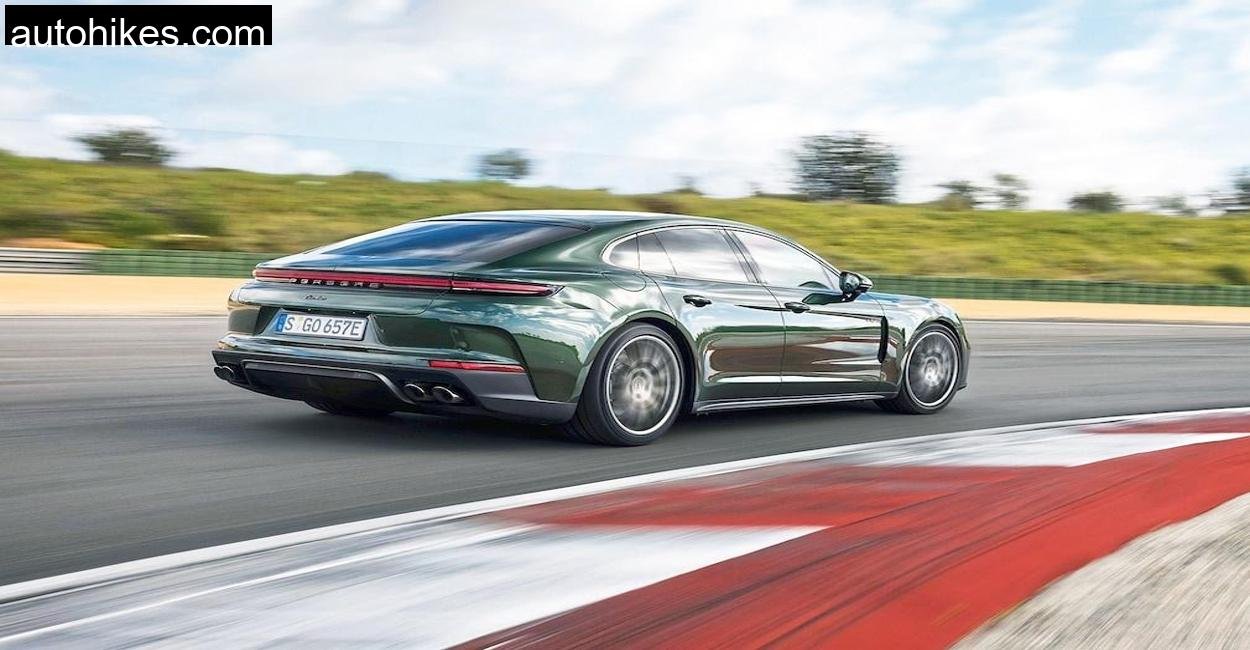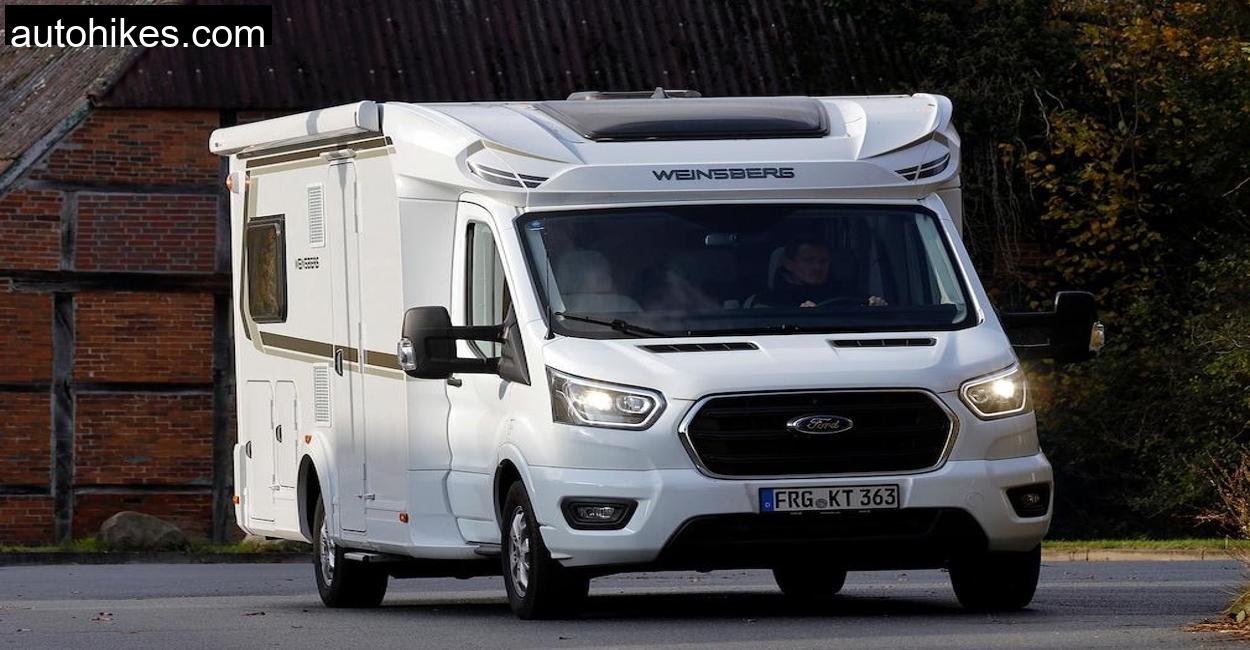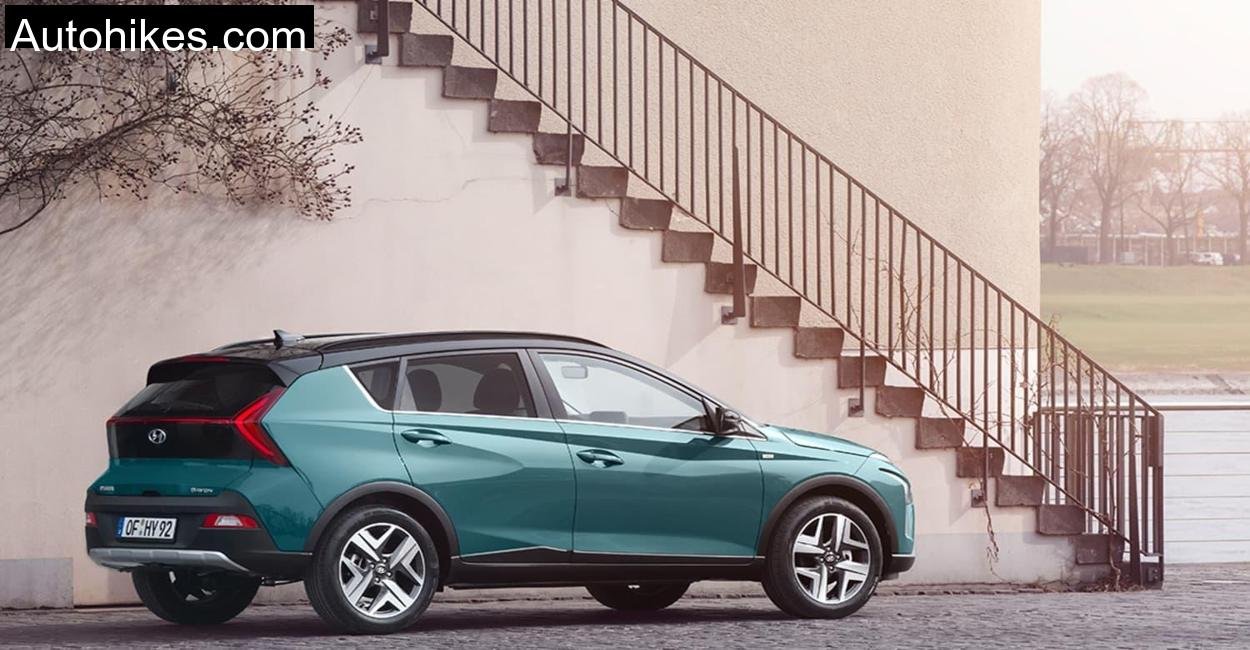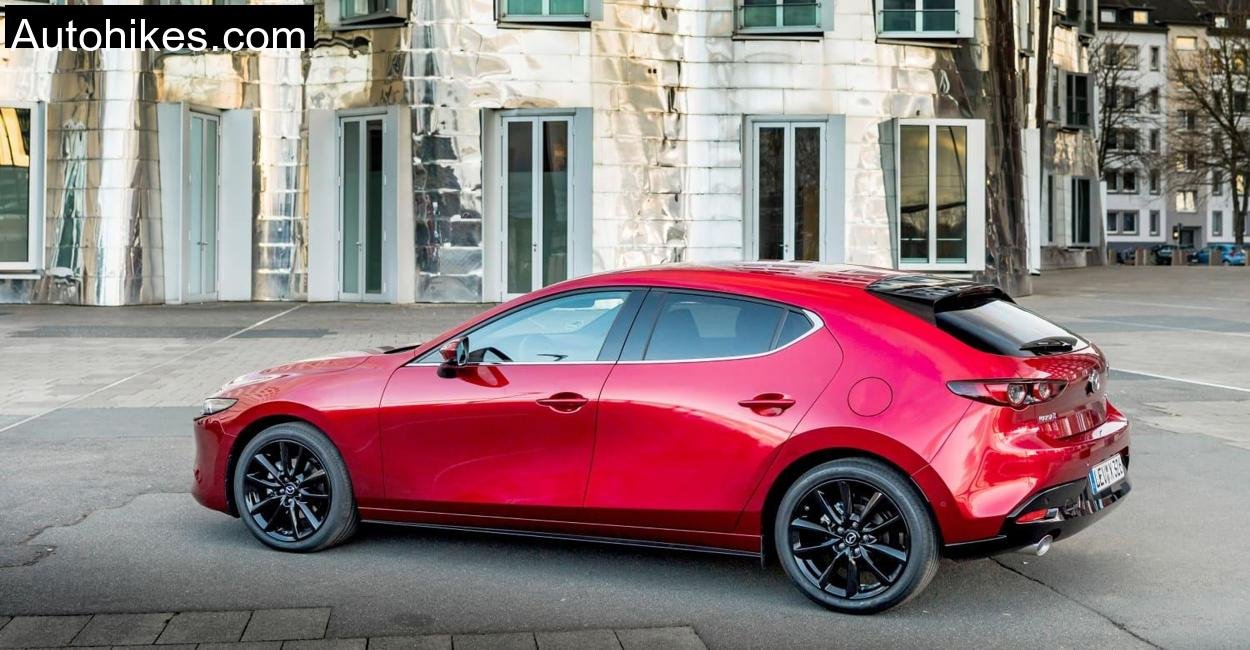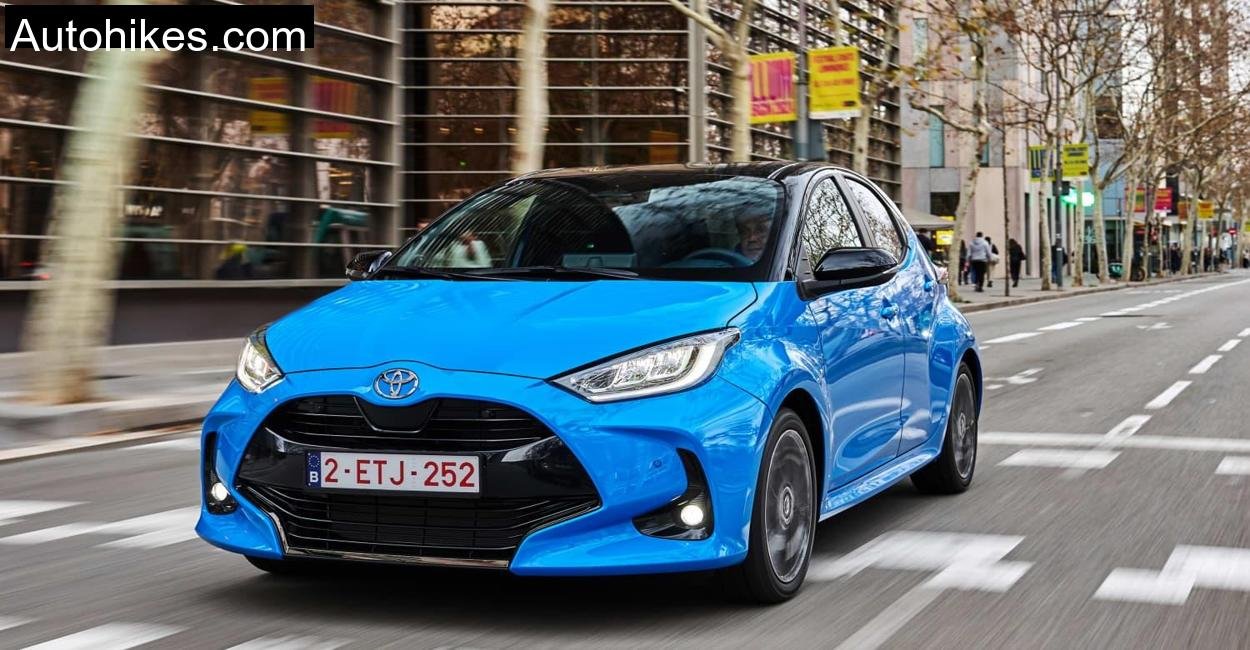There’s something oddly comforting about déjà vu behind the wheel , that moment when you slide into the driver’s seat of a brand, new car and feel like you’ve met before. That was my first impression of the Mitsubishi ASX 1.3 Turbo Top DCT as I picked it up in the shadow of the Hunsrück hills.
The ASX might be marketed as new, but it doesn’t try to hide the fact that it’s essentially a rebadged Renault Captur. It’s not ashamed of its French roots, nor does it pretend to be a completely homegrown Mitsubishi. For anyone who remembers the old ASX from the early 2010s , boxy, noisy, rough around the edges , this car is something else entirely. Built on the Renault, Nissan, Mitsubishi Alliance platform, this second, generation ASX shares most of its DNA with the Captur but comes with Mitsubishi’s longer warranty and its own subtle styling cues.
We tested the ASX where small SUVs should prove themselves: in the rural, often unpredictable terrain of the Hunsrück. Narrow mountain roads, sleepy hamlets, and sweeping bends through frost, laced pine forests offered the perfect conditions to get to know this compact crossover in depth.
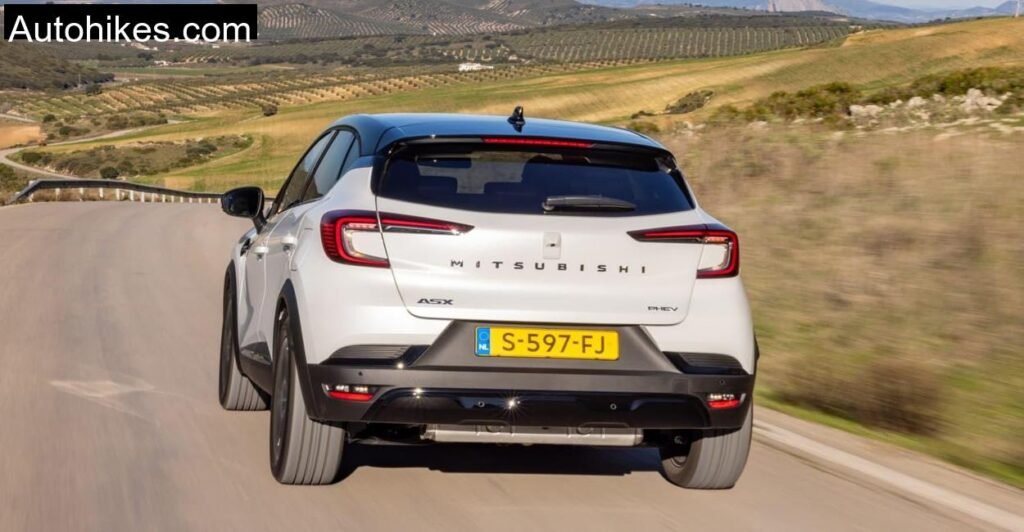
Life in the ASX: A Cabin Worth Sitting In
Slipping into the cabin was the first big surprise. The last ASX I drove a few years ago felt like stepping into a car museum exhibit , dusty plastics, clunky buttons, and displays that looked like old Nokia phones. This new ASX, however, immediately feels like a vehicle born in the 2020s.
Everything in here speaks of Renault’s influence, and that’s a good thing. Soft, touch materials line the dash, the doors feel sturdy, and the tech is impressive. My test vehicle was fitted with the 10.25, inch digital cockpit display , bright, customizable, and incredibly clear even in direct winter sunlight. The 9.3, inch central touchscreen sat neatly in the dashboard, handling navigation, smartphone mirroring (wireless Apple CarPlay and Android Auto), and vehicle settings with a simple, if slightly learning, curve, heavy, interface.
Seats were plush without being overly soft, and after a 4, hour day hopping between towns like Simmern and Morbach, I didn’t feel a hint of fatigue. The driving position was car, like , you sit upright, with good visibility, but not high enough to fool yourself into thinking you’re in a rugged SUV. Rear passengers also get decent legroom, especially if the sliding rear bench is pulled all the way back. For the ASX’s 4.2, meter footprint, that’s impressive packaging.
From Boppard Bends to Forest Trails
The variant I tested was the 1.3, liter mild hybrid with 158 hp, paired to a 7, speed dual, clutch automatic gearbox. On paper, it’s the most spirited of the ASX range. On Hunsrück’s sinuous roads, it showed off its strengths.
There’s a bit of turbo lag from a standstill, but once you’re moving, acceleration feels brisk. Mitsubishi claims 0, 100 km/h in 8.5 seconds, and it feels every bit as quick , especially when overtaking tractors or sleepy Sunday drivers on those winding B roads. From 60 to 100 km/h, the car springs forward with confidence, taking just over 5 seconds to surge ahead.
The gearbox is smooth, rarely hunting for gears, and works well with the engine’s torque curve. With 270 Nm available from 1,800 rpm, you don’t need to wring its neck to climb hills or cruise at autobahn speeds. In fact, I spent some time on a quiet section of the A61 and managed to cruise at 180 km/h without the car feeling nervous or floaty.
The chassis, however, is a mixed bag. Around tight corners, it handles neutrally. Body roll is contained, steering is precise (though a bit light), and the ASX doesn’t shy away from quick direction changes. Yet, the ride is stiff , especially at lower speeds. Potholes and frost heaves on rural roads send jolts through the cabin, and you’re never in doubt about the surface beneath you. Once above 60 km/h, the damping evens out and feels more composed.
Safety and Tech: Small SUV, Big Watchdog
What stood out in daily use was the sheer number of safety features crammed into this little SUV. Mitsubishi has included everything from adaptive cruise control with stop, and, go to a sometimes, too, eager lane, keep assist.
There were moments when the car took mild curves into its own hands , and didn’t appreciate my slight nudges to stay on course. Lane, centering assist was one of the few things I ended up disabling, as it felt too assertive for relaxed driving on rural roads.
Parking sensors were another minor annoyance , overly sensitive to cyclists or close, parked vehicles. But the rearview camera, blind, spot warning, and high, beam assist worked flawlessly. For a car under €40,000, the amount of kit here is remarkable.
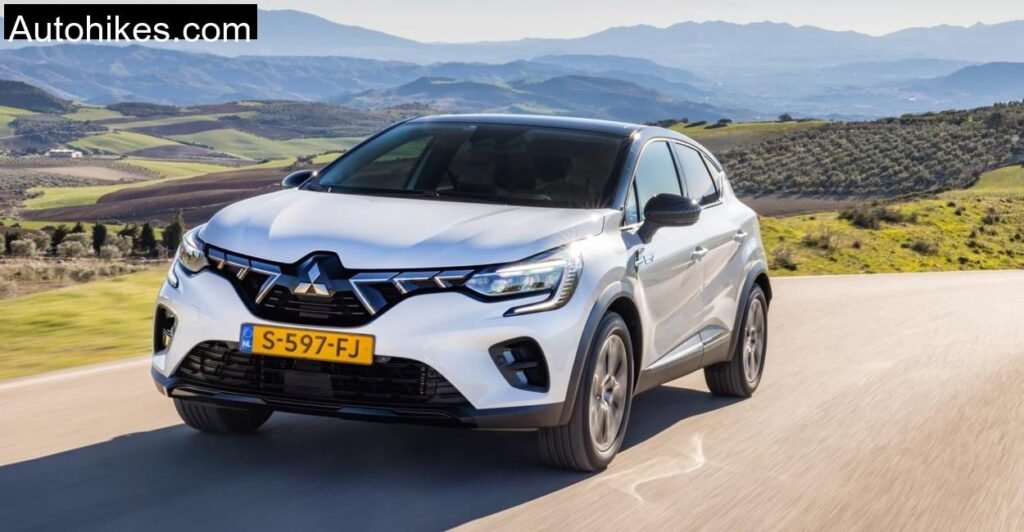
Technical Specification:
All technical details provided are taken from the Mitsubishi’s official manufacturer site.
| Specification | Mitsubishi ASX 1.3 Turbo Top DCT (Mild Hybrid) |
| Engine Type | Petrol (Mild Hybrid) |
| Displacement | 1,332 cc |
| Max Power | 158 hp / 116 kW |
| Max Torque | 270 Nm |
| Acceleration 0, 100 km/h | 8.5 seconds |
| Top Speed | 204 km/h |
| Combined Consumption (WLTP) | 5.9 l/100 km |
| CO₂ Emissions (WLTP) | 134 g/km |
| Transmission | 7, speed Dual, Clutch Automatic |
| Drivetrain | Front, Wheel Drive |
| Trunk Capacity (min, max) | 422 , 1,275 liters |
| Towing Capacity (braked/unbraked) | 1,500 kg / 690 kg |
| Length × Width × Height | 4,227 × 1,797 × 1,576 mm |
| Kerb Weight | 1,420 kg |
| Warranty | 5 years / 100,000 km |
| Base Price | €36,890 (Top DCT Trim) |
If you’re the type who mostly drives short distances or around town, the full hybrid (143 hp) or plug, in hybrid (159 hp) will suit you better. They offer varying degrees of electric, only driving, with the PHEV allowing up to 40 kilometers of pure electric range. But those systems come at a cost , not just financially, but in complexity and reduced boot space due to battery packs.
For long, distance, mixed, use driving like mine in the Hunsrück, the 1.3 mild hybrid is the best compromise. It offers real punch, decent fuel economy (I averaged 6.2 l/100 km during the week), and never felt underpowered even with passengers and luggage onboard.
Utility and Everyday Use: Bike Hauling and Cabin Practicality
There’s one thing I always do when testing cars: see if I can get my mountain bike in the back without taking off both wheels. The ASX passed, sort of. With the rear seats folded flat and the parcel shelf removed, I managed to fit my full, size 29er hardtail in , though I had to remove the front wheel. That 422, 1,275 liter boot range isn’t just a number on paper; it’s usable.
There are clever touches throughout: a flat load floor, hidden underfloor compartments, and enough cabin storage to house everything from gloves to camera gear to roadside snacks. Only the rear passengers get a bit of a raw deal with minimal door storage and no central armrest.
Conclusion: A French Soul in a Japanese Jacket , and That’s Just Fine
By the end of the week, I’d grown fond of the ASX. It’s not an emotional car , it won’t tug at your heartstrings or thrill you with engine noise or sharp reflexes. But it’s competent, well, equipped, and quietly confident.
Yes, it’s a Renault Captur with a Mitsubishi badge. But the Captur is already a solid product, and Mitsubishi’s longer warranty, competitive pricing, and subtle tweaks make the ASX a more appealing package than some might expect.
For anyone looking for a small SUV that just gets the job done without fuss, the ASX deserves a serious look. Especially if you live in the countryside, where potholes, snow, and tight parking spots are part of daily life.
Is the Mitsubishi ASX just a rebadged Renault Captur?
Yes, the ASX is based entirely on the Renault Captur and built in the same Spanish factory. Mitsubishi added its own grille, badges, and warranty coverage but kept the core mechanicals identical.
How is the ride quality of Mitsubishi ASX?
At low speeds, the ride is a bit stiff, especially over broken pavement. It improves significantly on faster roads and highways.
Is the mild hybrid system of Mitsubishi ASX noticeable?
Not really. It provides smoother starts and helps reduce fuel consumption slightly but doesn’t offer electric, only driving.
